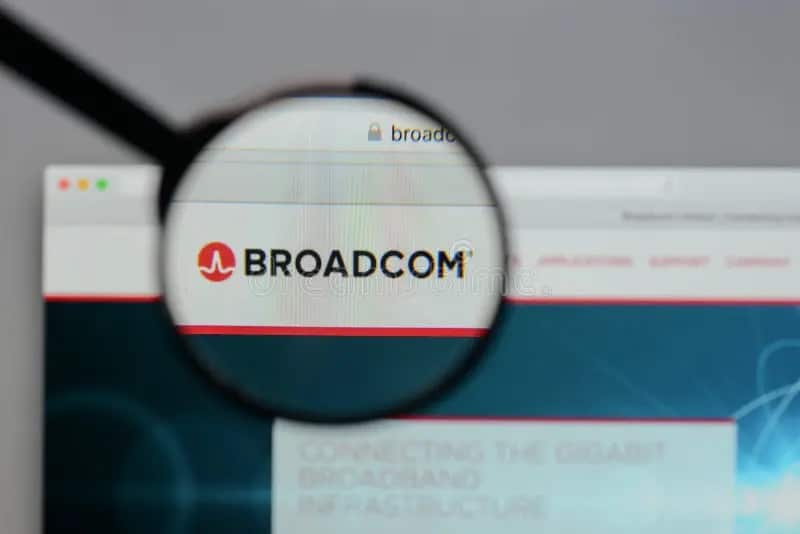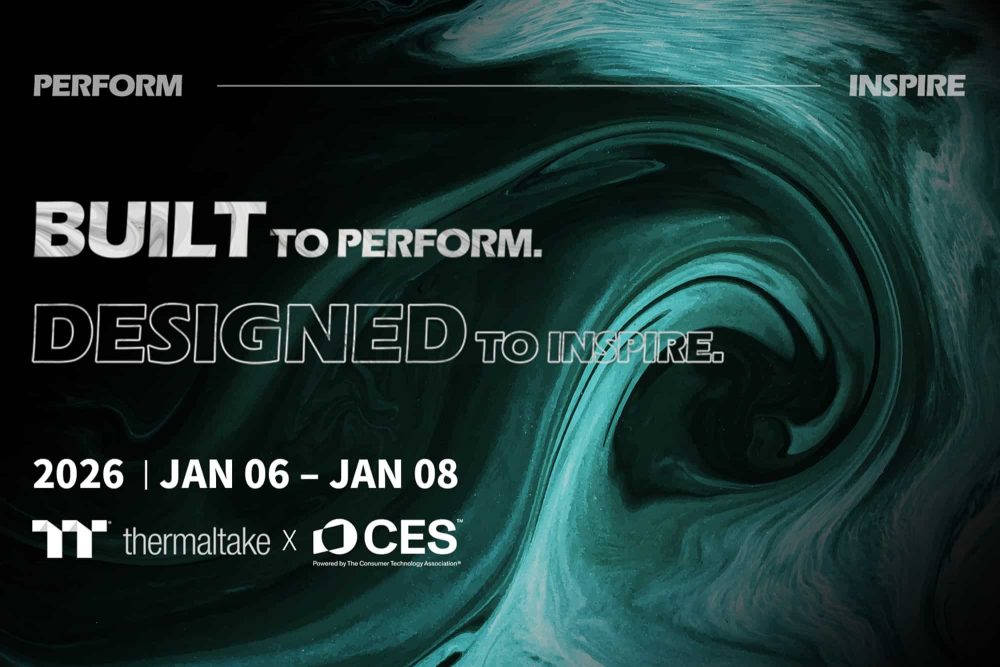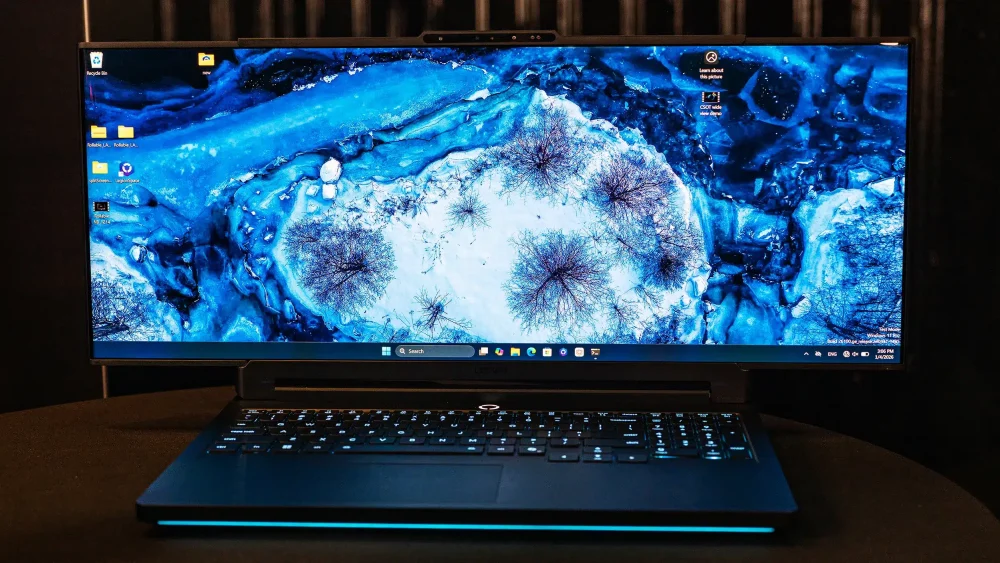Broadcom has officially dropped the gauntlet in the AI networking war. With the launch of its Tomahawk Ultra Ethernet switch, Broadcom isn’t just upgrading its hardware — it’s rewriting the rules of the data center arms race, and doing it in full view of Nvidia’s towering GPU empire.
This isn’t just another networking chip. It’s a declaration of independence from proprietary interconnects, such as Nvidia’s NVLink. And it could become a real thorn in Jensen Huang’s side.
A New Class of Switch for AI and HPC
At the heart of this innovation is an idea many have scoffed at for years: that Ethernet — long dismissed as “too slow” and “too lossy” for AI training — can actually scale up to meet the crushing demands of tightly coupled GPU clusters and high-performance computing (HPC).
Enter the Tomahawk Ultra, a 51.2 Tbps switch with:
- 250 nanoseconds of ultra-low latency
- Support for 77 billion packets per second at full throughput
- Lossless Ethernet thanks to Link Layer Retry (LLR) and Credit-Based Flow Control (CBFC)
- A massive reduction in Ethernet overhead (from 46 bytes down to 10 bytes)
- And — for the first time — on-chip collective operations like AllReduce and Broadcast, taking a direct shot at Nvidia’s tightly integrated GPU ecosystems.
Open Ethernet vs. NVLink
Nvidia’s NVLink is fast, proprietary, and deeply embedded in GPU-to-GPU communication. But it’s also closed. With Tomahawk Ultra, Broadcom is saying, “What if the next wave of AI clusters ran on something open, scalable, and cheaper?”
By adopting Scale-Up Ethernet (SUE) and its lightweight sibling, SUE-Lite, Broadcom offers an Ethernet-based alternative that supports sub-400ns latency, full losslessness, and direct XPU-to-XPU communication, with no vendor lock-in required.
Nvidia’s switch chips top out at connecting 64 GPUs. Broadcom claims Tomahawk Ultra scales to 256 devices in a single fabric. The message is clear: Ethernet is back, and it aims to power the next generation of AI data centers, not just corporate LANs.
AI Workloads, Unchained
What really makes Tomahawk Ultra a potential disruptor isn’t just speed — it’s intelligence. By moving collective operations (e.g., AllGather, ReduceScatter) into the network itself, Broadcom unburdens expensive GPUs from coordination work, boosting overall compute efficiency.
This is a direct challenge to Nvidia’s DGX architecture. It says: “You don’t need all-in-one GPU islands. You can build AI scale-up systems on your terms — if you have the right switch.”
And if that switch happens to be pin-compatible with Broadcom’s existing Tomahawk 5 hardware? Even better. Instant upgrade path. Minimal risk.
An Ecosystem Divide Is Forming
This isn’t just about hardware. Broadcom is nudging the industry toward a software and hardware decoupling, where networking is open and flexible, not bound to one company’s CUDA stack or closed protocols.
That appeals to companies like Google, which already collaborates with Broadcom on custom TPU infrastructure. And it could attract hyperscalers eager to avoid Nvidia’s pricing premium and supply chain bottlenecks.
The fact that Tomahawk Ultra is already shipping means it’s not a paper tiger — it’s a live round aimed directly at the heart of Nvidia’s server stack.
The Real Stakes
Nvidia’s valuation passed $4 trillion this year. It dominates AI hardware not just because it builds the best chips, but because it owns the whole vertical, from silicon to software to interconnect. Tomahawk Ultra chips away at that control.
By providing data center builders with the tools to create GPU clusters using open standards and supercomputer-grade Ethernet, Broadcom may have just cracked open a billion-dollar market.


